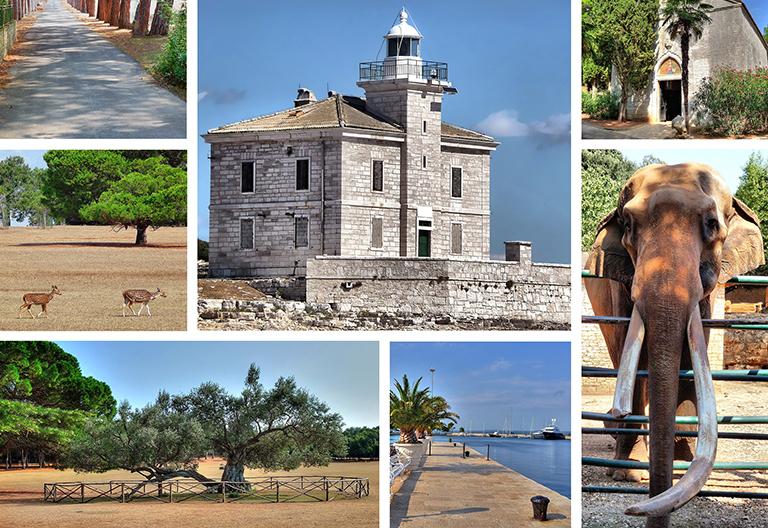Zagreb and the Continental Croatia
The city of Zagreb lies on the historic and political threshold between East and West, illustrates both the continental and Mediterranean spirit of the nation it spearheads
The city is protected from the cold northern winds by the mountain of Medvednica and opens up to the rest of the world thanks to a spacious plain and the Sava river. Zagreb is a safe city whose doors are always open to anyone who wishes to get to know it.
Zagreb as we know it today dates back to the Middle Ages, and the settlements on two hills: Gradec and Kaptol. The first written record of Zagreb dates back to 1094 when the Hungarian king Ladislav established the Kaptol diocese on his way to the Adriatic Sea. The Zagreb Cathedral still dominates the skyline with its neo-Gothic style, while the Renaissance walls surrounding it are rare preserved examples of their kind in this part of Europe.
In the mid-13th century when the Tatars ravaged Hungary, their king Béla IV fled to Zagreb where its citizens provided him with a refuge. In gratitude, in 1242 Béla gave Gradec a charter proclaiming it a free royal city. His generosity is symbolically reenacted every day by the blasting of the cannon at noon from the Lotrščak tower overlooking central Zagreb.













